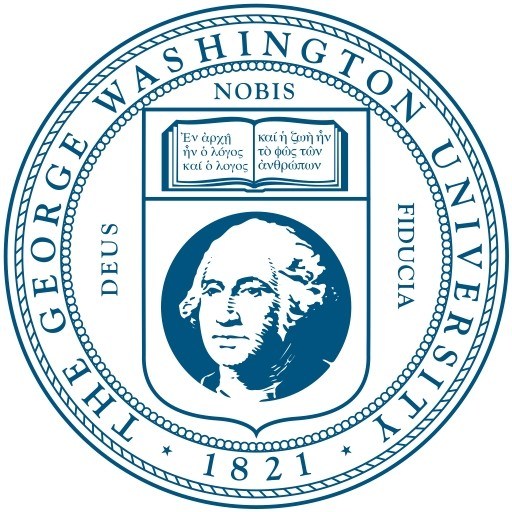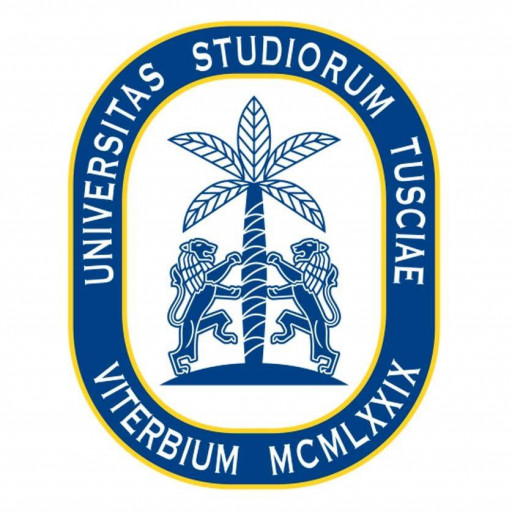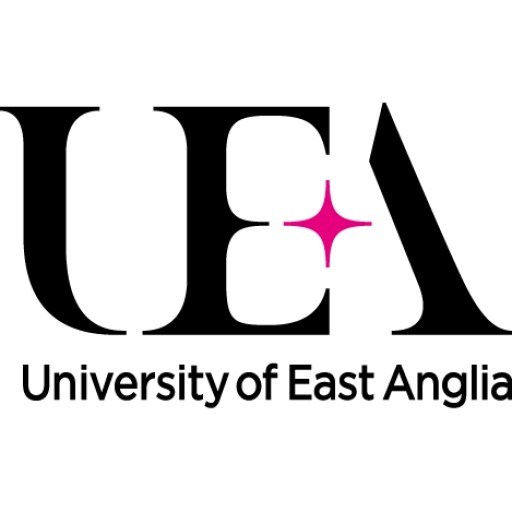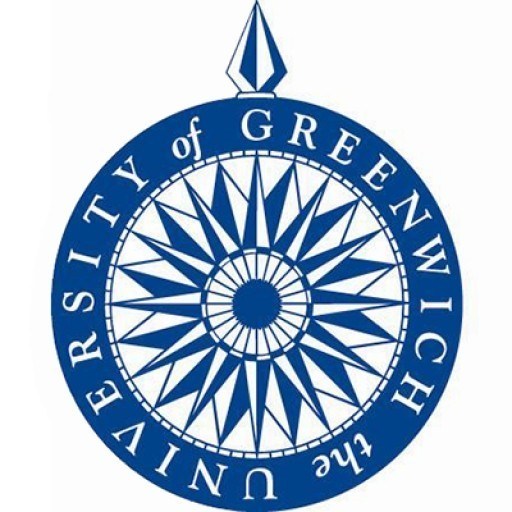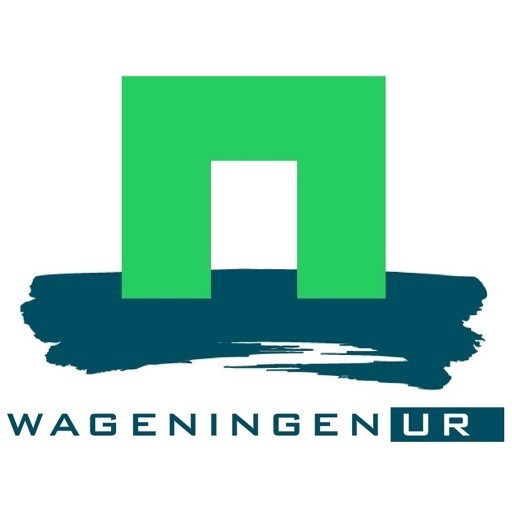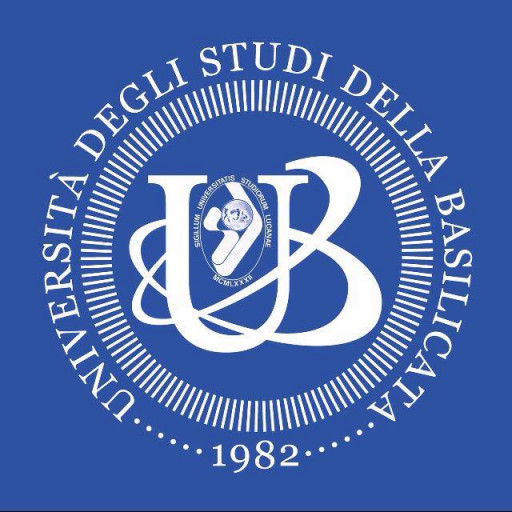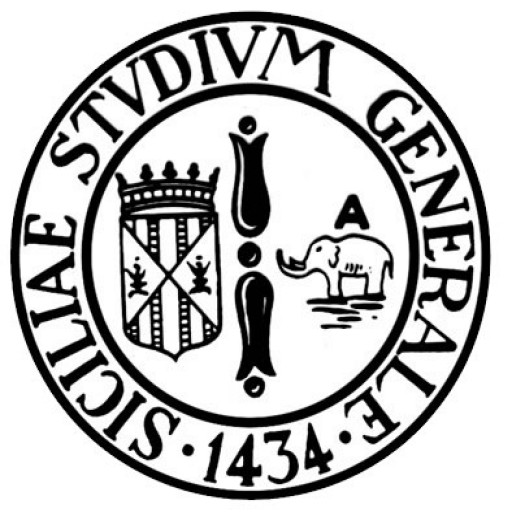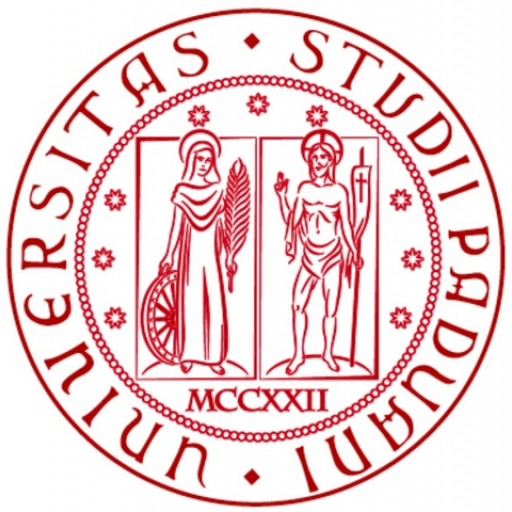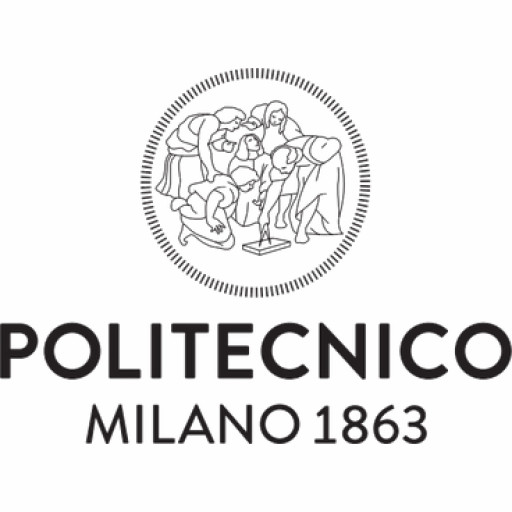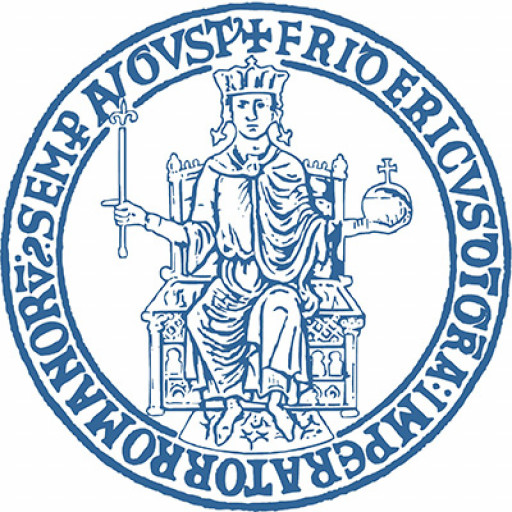Photos of university / #gwuniversity
The Landscape Design program at The George Washington University offers students a comprehensive education in the principles, techniques, and practices of designing outdoor spaces that are functional, sustainable, and aesthetically pleasing. This program is designed to cultivate students' creativity, technical skills, and understanding of environmental and ecological factors, preparing them for careers in landscape architecture, urban planning, environmental design, and related fields. Students will engage with a diverse curriculum that covers landscape ecology, site analysis, planting design, construction management, and sustainable practices, ensuring they are equipped to create landscapes that enhance quality of life while respecting natural resources. The program emphasizes hands-on learning through studio projects, internships, and interdisciplinary collaborations, allowing students to apply theoretical knowledge to real-world scenarios. Graduates of the Landscape Design program will possess a strong foundation in design principles, environmental stewardship, and technical skills such as CAD and GIS applications, positioning them for success in designing public parks, private gardens, commercial sites, and urban infrastructure. The faculty comprises experienced professionals and scholars dedicated to mentoring students and advancing innovative approaches in landscape design. With access to GWU’s extensive resources, including state-of-the-art laboratories, design studios, and research centers, students are encouraged to explore sustainable and innovative landscapes that improve urban resilience and foster community well-being. The program prepares students for professional licensure and certification and offers opportunities for networking and professional development through industry partnerships and conferences. Graduates will be well-equipped to make meaningful contributions to the development of resilient, sustainable, and beautiful outdoor environments worldwide.
| PSLD 6100 | Landscape Graphics | |
| PSLD 6201 | Introduction to Design | |
| PSLD 6202 | Site Analysis | |
| PSLD 6203 | Site Engineering | |
| PSLD 6204 | Construction Methods and Materials | |
| PSLD 6212 | History of Landscape Design | |
| PSLD 6213 | Contemporary Themes in the Landscape | |
| PSLD 6221 | Landscape Plants for Fall | |
| PSLD 6223 | Landscape Plants for Spring | |
| PSLD 6225 | Landscape Plants for Summer | |
| PSLD 6231 | Site Design Studio | |
| PSLD 6236 | Planting Design Studio | |
| PSLD 6240 | Comprehensive Project | |
| PSLD 6260 | Introduction to Sustainable Design | |
| PSLD 6261 | Ecology of the Built Environment | |
| PSLD 6262 | Tools for Sustainable Design | |
| PSLD 6264 | Native Plants I | |
| PSLD 6265 | Native Plants II | |
| PSLD 6266 | Ecological Restoration | |
| PSLD 6268 | Sustainable Design Methods | |
| PSLD 6269 | Sustenance and the Landscape | |
| PSLD 6270 | Sustainable Design Charrette | |
| Electives* | ||
| PSLD 6229 | Herbaceous Plants | |
| CPS 6291 | Special Topics | |
*Elective credits are taken in addition to those required for the degree. Special Topics courses address new developments in the field (e.g., Vectorworks I and II).
Bachelor's degree from a regionally accredited institution of higher learning with a cumulative GPA of at least 3.0, and the completion of PSLD 6100 or equivalent with a grade of B or higher.
The introductory course, PSLD 6100, is offered three times per year and is normally taken in non-degree status. You must complete the Non-Degree Application athttp://www.gwu.edu/take-class. A non-refundable application fee of $25 payable by credit card (MasterCard/Visa) is due at the time of online application. No supporting documents are required. You will be notified about your admission via email within two business days. As soon as you receive confirmation of your eligibility to register as a non-degree student, use the GWID provided in the e-mail to create your GW NetID and GW e-mail account. The NetID is required to access GW systems, and the GW e-mail will be the address to which GW sends all official communications, including your e-bill. You must use the GW ID number to register for classes. While you are taking this course you are encouraged to get your official application together. Detailed instructions appear below.
Funding options for the Landscape Design program at The George Washington University include various financial aid opportunities such as scholarships, grants, and assistantships. Prospective students are encouraged to explore federal and state financial aid programs by completing the Free Application for Federal Student Aid (FAFSA). The university offers institutional scholarships based on merit and need, which can significantly reduce tuition costs. Additionally, students may qualify for graduate assistantships, which provide a stipend and tuition remission in exchange for part-time work assisting faculty or supporting administrative functions related to the program. The university’s Financial Aid Office provides personalized counseling to help students identify suitable funding sources and navigate the application process. Furthermore, some students may consider external scholarships offered by professional landscape architecture and design organizations. Students enrolled in the program are advised to stay informed about application deadlines and required documentation to maximize their chances of securing financial assistance. Graduate students are often eligible for loan programs, including federal unsubsidized Stafford loans and private loans, which can help cover tuition and living expenses. The program’s cost of attendance includes tuition fees, which are determined annually and are publicly available on the university’s official website, along with estimated living expenses such as housing, food, and supplies. Students are recommended to prepare a comprehensive budget plan to manage expenses effectively. The university promotes financial literacy through workshops and resources, guiding students to make informed decisions regarding borrowing and repayment options. Overall, the Landscape Design program at GWU offers multiple pathways for financial support, aiming to make graduate education accessible and affordable for qualified students.
The George Washington University offers a comprehensive program in Landscape Design aimed at equipping students with the skills and knowledge necessary to excel in the field of landscape architecture and design. The program emphasizes the integration of environmental sustainability, aesthetic principles, and functional planning to create innovative outdoor spaces that enhance urban and rural environments. Students engage with a curriculum that covers a broad spectrum of topics, including site analysis, plant selection, sustainable design practices, and advanced CAD and visualization techniques. The program also fosters critical thinking and problem-solving abilities through design studios, research projects, and internships with industry professionals. With experienced faculty members who are active practitioners and researchers in landscape architecture, students receive mentorship and practical training that prepares them for careers in landscape design firms, urban planning agencies, and environmental consulting. The university’s facilities provide state-of-the-art design labs, botanical gardens, and computer labs to support hands-on learning. Additionally, students have opportunities to participate in fieldwork, community projects, and study abroad programs to gain diverse perspectives and real-world experience. The program emphasizes the importance of sustainable and environmentally responsible design, integrating ecological principles to create resilient landscapes. Graduates of the program are equipped to contribute to public and private sector projects, including parks, campuses, commercial developments, and restoration initiatives. The curriculum is regularly updated to reflect advancements in technology, environmental policies, and design trends, ensuring graduates are competitive in a dynamic industry. The George Washington University’s location in Washington, D.C., provides students with access to a rich network of governmental agencies, non-profit organizations, and design firms, fostering valuable internship and employment opportunities. Overall, the Landscape Design program at GWU prepares students for professional practice through rigorous academic coursework, practical experience, and a commitment to sustainable, innovative landscape solutions.
